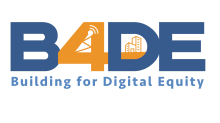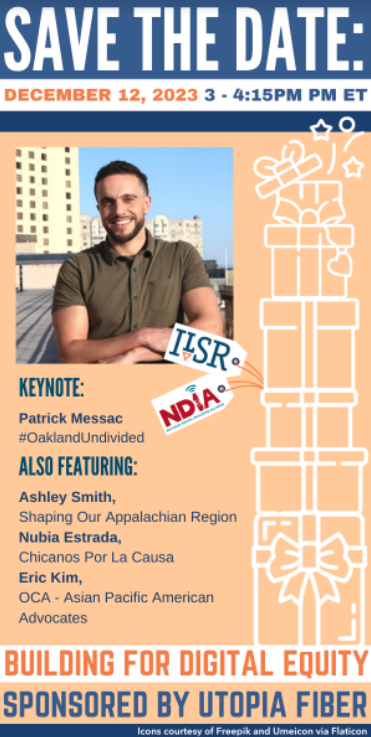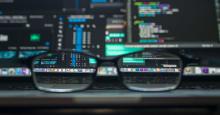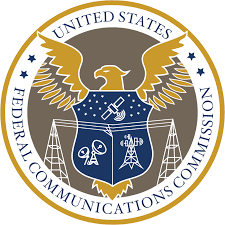Building for Digital Equity End of Year Encore
Capping off a banner year in broadband, ILSR and NDIA’s final Building for Digital Equity livestream of 2023 this week had its largest audience to date since the online quarterly series started in 2022.
Digital Equity Unwrapped: End of Year Reflections/The New Year Ahead, sponsored by UTOPIA Fiber, featured timely topics and practical insights from an array of frontline digital inclusion practitioners, teeing up Net Inclusion 2024 – the biggest in-person gathering of digital equity advocates in the nation.
That event will be hosted by the National Digital Inclusion Alliance (NDIA) in Philadelphia, February 13-15, 2024.
If you missed the #B4DE 2023 finale or would like to see it again, you can watch it in its entirety below.
It includes lightning round presentations from the Administrator for Chicanos Por La Causa (CPLC) Nubia Estrada and OCA Asian Pacific American Advocates Policy & Organizing Manager Eric Kim; a preview of this year’s Trailblazer Awards with a special guest appearance by Rebecca Kauma, LA County’s Director of Digital Equity; and an update on the work being done by Shaping Our Appalachian Region (SOAR) Digital Navigator Ashley Smith.
Putting a bow on the holiday season event was keynote speaker Patrick Messac, Director of the Bay Area-based digital equity nonprofit #OaklandUndivided. Messac connected the dots on the importance of equitable infrastructure investments, mapping, and ways local communities might leverage the FCC’s new rules to address digital discrimination.











